Frost-resistant ornamental shrubs: types and features

Frost-resistant ornamental shrubs are able to cope with several tasks at the same time. This is a thoughtful decoration of the garden throughout the year, zoning of space, which allows you to create an emphasis on individual zones, as well as a hedge or a border of flowering plants.
In addition, it will be possible to disguise the places that require it with shrubs.
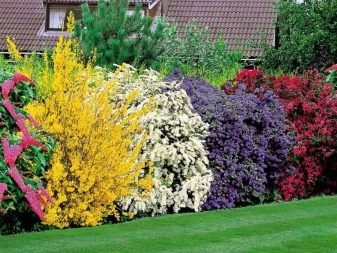
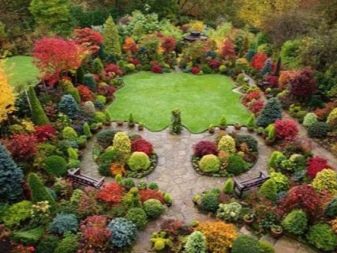
Types and their features
Frost-resistant ornamental shrubs are distinguished by their high frost resistance. Some of them do not even require special shelter and survive frosts without any problems. You can determine the frost resistance of crops by their names. For example, we are talking about the Thunberg barberry. Somewhere in March, the bushes have beautiful leaves that do not fall off almost until December. In summer, they turn bright green, red and yellow, and with cold weather they change their tone to a darker one - burgundy and purple.
Barberry shrubs become blooming in the last weeks of spring, when small yellow flowers with a red core appear on the branches, then transforming into fruits. The berries themselves, by the way, if they do not become a dinner for the birds, will remain on the bushes until next spring. Barberry is often used to form hedges, which can range in height from 60 centimeters to two meters. It is not necessary to specially wrap the culture for the winter. Even if some shoots, not having time to become covered with wood, freeze, in the spring they will return to their optimal state and continue to develop further.
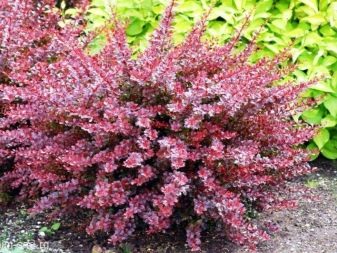
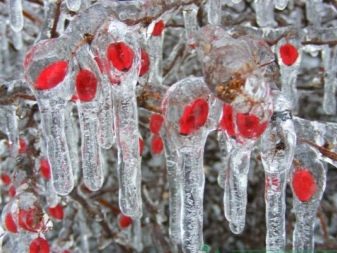
All varieties of hawthorn not only look great, but also do not require special care, and are also not afraid of cold weather. They bloom, as a rule, in the first two weeks of June, and in autumn they are covered with attractive colorful leaves. Some varieties have fruits that are actively used for making jelly and jam. It is better to plant hawthorn in the amount of several shrubs in well-lit areas.
This culture is absolutely unpretentious and does not require special care, but it is important to initially place the plant in a bright place. In order for the hawthorn to grow and develop, it is required to give it the opportunity to be in the sun for at least 6 hours.
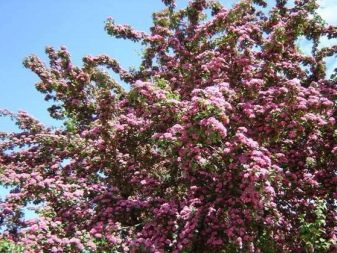
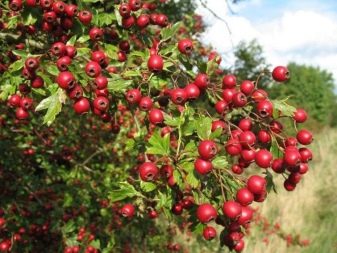
Hydrangea, on the other hand, prefers the absence of excess light and moist soil. Low-growing perennial shrubs, unlike other crops, grow well in areas with high acidity. Adding to this high winter hardiness, especially in paniculate and tree-like varieties, and an attractive appearance, it becomes clear why these low plants are popular with gardeners.
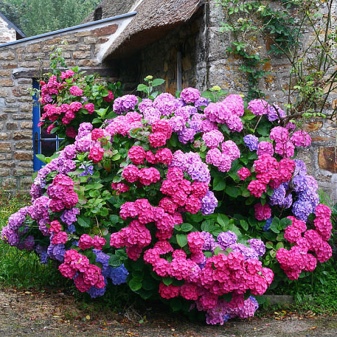
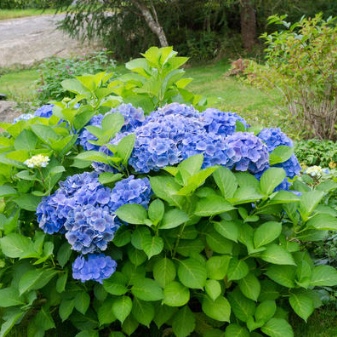
Another popular frost-resistant bush is the common lilac. Its flowering begins in May and is realized in the appearance of flowers of white, pale lilac or light pink. To keep the crop in shape, it should be pruned regularly and removed from root growth.
Lilac is often used to create hedges, as it has dense and large foliage.

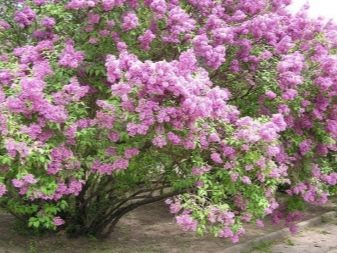
Spirea blooms in summer or spring, and flowers of different colors do not disappear until September. Inflorescence petals are snow-white, cream, raspberry and pale pink. Culture is not afraid not only of frost, but also of lack of moisture.In principle, it is capable of developing on soils of different structures and conditions, but it is most effective on those that are well lit. In the fall, it is worth tying up the branches of the bushes so that in winter they do not break off from the snowdrifts. The height of the spirea varies from several tens of centimeters to three meters.

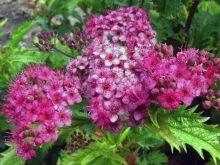
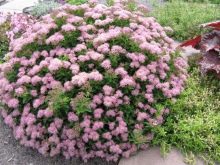
Another common plant is forsythia, which has bright yellow flowers. Its flowering lasts from early spring to almost the beginning of winter. During the growing season, the color of the leaves changes several times from bright green to dark purple. Winter shelter depends on where the plant grows. Cold regions still require the use of spruce branches, but in the middle lane it will be possible to do without it.
It is worth mentioning that forsythia should be watered about once every two weeks, since the culture does not tolerate excess moisture.

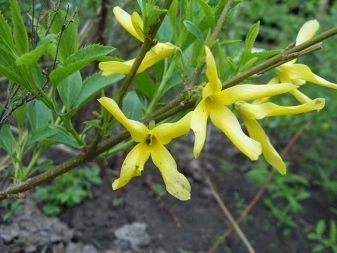
Chubushnik stands out for its small-sized snow-white or pale pink flowers. This culture blooms in June. The leaves themselves are colored in various shades of green. In addition to its resistance to low temperatures, the plant's benefits include immunity to most common diseases. Culture can develop even with partial shade, although it becomes most effective under normal lighting. The mock-orange will have to be watered regularly.
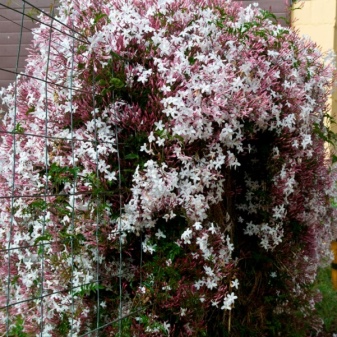
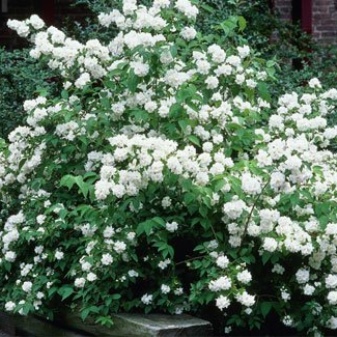
Canadian roses do not die even in cold weather reaching minus 45 degrees. Even when the leaves and stems are exposed to frost, they regenerate on their own when the temperature rises. Culture blooms profusely, and in different colors.
This variety of roses is not afraid of darkened areas and has an innate immunity to most diseases.

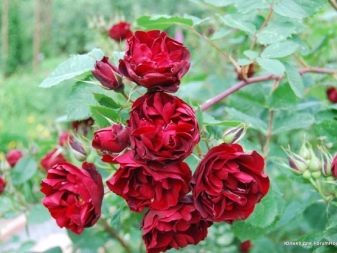
Cossack juniper is a coniferous shrub that is often used to decorate hedges. This type of juniper is the most unpretentious. He is not afraid of shady spaces, although he feels best under the sun. However, excess sun can cause crop burns, so balance is important. Juniper grows well on rocks and sand.
It should not be watered too often, as an excess amount of moisture leads to rotting of the plant.
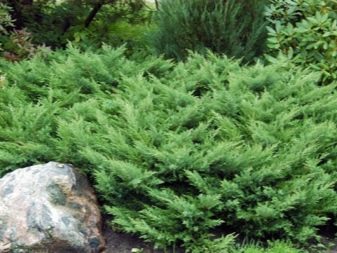

Low-growing frost-resistant bushes include those crops whose height does not reach 100 centimeters. The most popular varieties include Japanese quince, heather and cinquefoil. The compact rhododendron can withstand temperatures as low as -30 degrees. Its foliage remains green throughout the season, and the color of the flowers is determined by the variety. The height of the culture ranges from 50 to 150 centimeters.
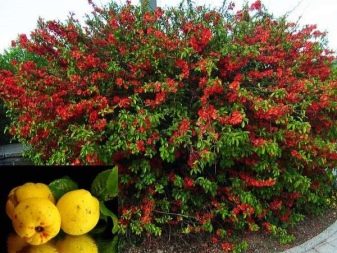
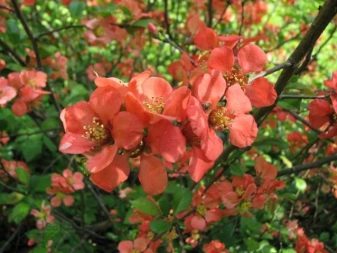
Selection and landing rules
All decorative frost-resistant bushes for the garden, vegetable garden and summer cottages should be planted in the fall, the same applies to transplanting. It is important that the culture has the opportunity to create a developed network of roots, otherwise it will simply die. The selected part of the site will first have to be weeded out and get rid of the topsoil. Then you can start digging a hole that is suitable in size for the root system. To do this, "fitting" should be carried out - the long roots of the shrubs should feel free.
From the inside, it is important to treat the surface with a fork to saturate the earth with oxygen, as well as add peat or compost. If the bushes are expected to be tall, then it is immediately recommended to install a stake in the center, which will allow you to quickly carry out the garter. The seedling itself should be placed near the peg, after which the roots should be spread out and immediately covered with soil. For convenience, compact the surface with your feet.
Immediately on a kind of flower bed, it is worth making bumpers - they will prevent water from flowing out and thereby provide the necessary nutrition for a frost-resistant bush. By watering and tying the plant, you can complete the tying process.


A few words should be added regarding the choice of crops for planting. Since shrubs are mainly decorative, it is important that they form a harmonious picture during flowering. Green bushes become the background, so their number should prevail. If the plant has bright leaves of an unusual color, then it is worth making them accents. Rare bright shades should also serve as a "highlight" of the garden and be diluted with silver or white paints.
When placing bushes on the site, it is also worth considering which of them prefer well-lit surfaces, and which are not afraid of shadows. This is especially true in the situation of crops covered with variegated leaves, since without enough sun they will begin to fade and lose their piquant appearance. This is true both for Siberia and for central Russia. When landing, factors such as the size of the territory and the vegetation nearby are taken into account.
In general, when choosing plants for cold regions, it is worth giving preference to unpretentious crops. Ornamental shrubs in Siberia can be planted both singly and in a group. Disembarkation should take place in spacious areas, along paths, near a pond, or on the front lawn. For example, it can be Amur grapes, flowering weigela, as well as Chinese lemongrass.
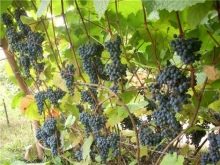
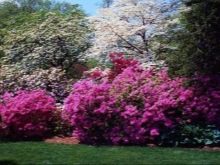
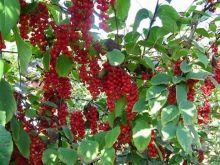
Care Tips
As a rule, decorative perennials are unpretentious crops and only require regular shape adjustments. At regular intervals, those branches are removed that are damaged, sick, or, for some reason, have ceased to receive the required amount of nutrients. Sometimes old branches have to be shortened by about two-thirds in order to activate the growth of fresh shoots. In addition, the formation of the crown is also responsible for the appearance of the bushes themselves.
To form a hedge, plants should be pruned from the first year from the moment of planting. Dwarf varieties are best designed in such a way that they look lush and squat. Watering is usually carried out when the driest period is. The bushes are mulched immediately after planting, repeating the procedure once a year.
For this purpose, organic matter such as moss, sawdust or old foliage should be used. A good quality mulch will retain moisture for a long period of time without forming harmful crust or cracks on the surface.
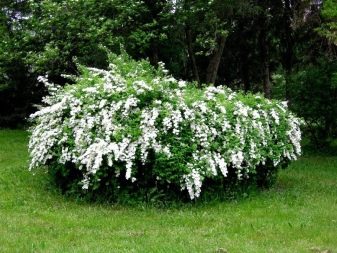
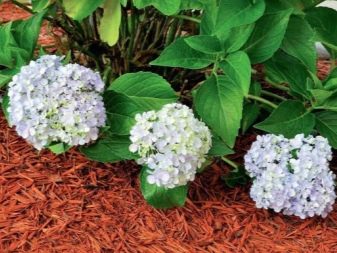
Beautiful examples of landscape design
Barberry Thunberg has bright leaves of a deep purple hue, therefore, requires some kind of neutral background. For example, it can be placed among a composition of light gray rounded boulders on which decorative moss grows. Another variation will be the selection of "green" neighbors. For example, it can be blue spruce and other "background" bushes. Spirea will look harmonious with juniper and hosts. The combination of different variations of green is pleasing to the eye and looks great in any landscape design.
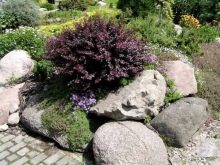
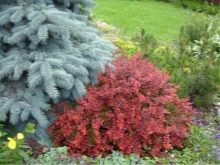
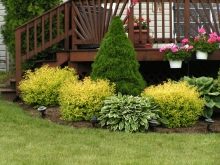
Shrub cinquefoil most often used to decorate curbs or create low-rise hedges. It organically combines with conifers or other crops, but it also looks good alone. A bush with bright yellow flowers immediately attracts attention, so a “litter” of pebble stones will be enough for it. Weigela looks very bright, thanks to the delicate pink color of the flowers, as well as the leaves with a white outline. It is customary to plant this shrub in the foreground, for example, at the entrance to a house or on a plot, along the paths. The beautiful color of the shrub will perfectly complement the use of bright red brickwork on the site.
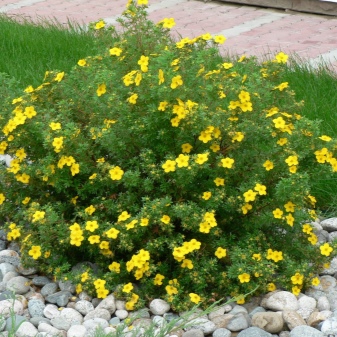
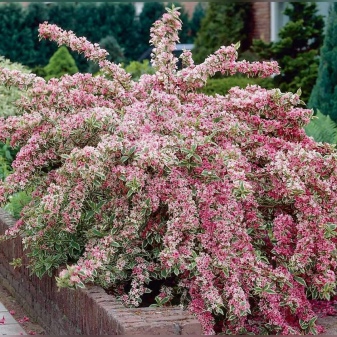
For frost-resistant ornamental shrubs, see the next video.



































































The comment was sent successfully.